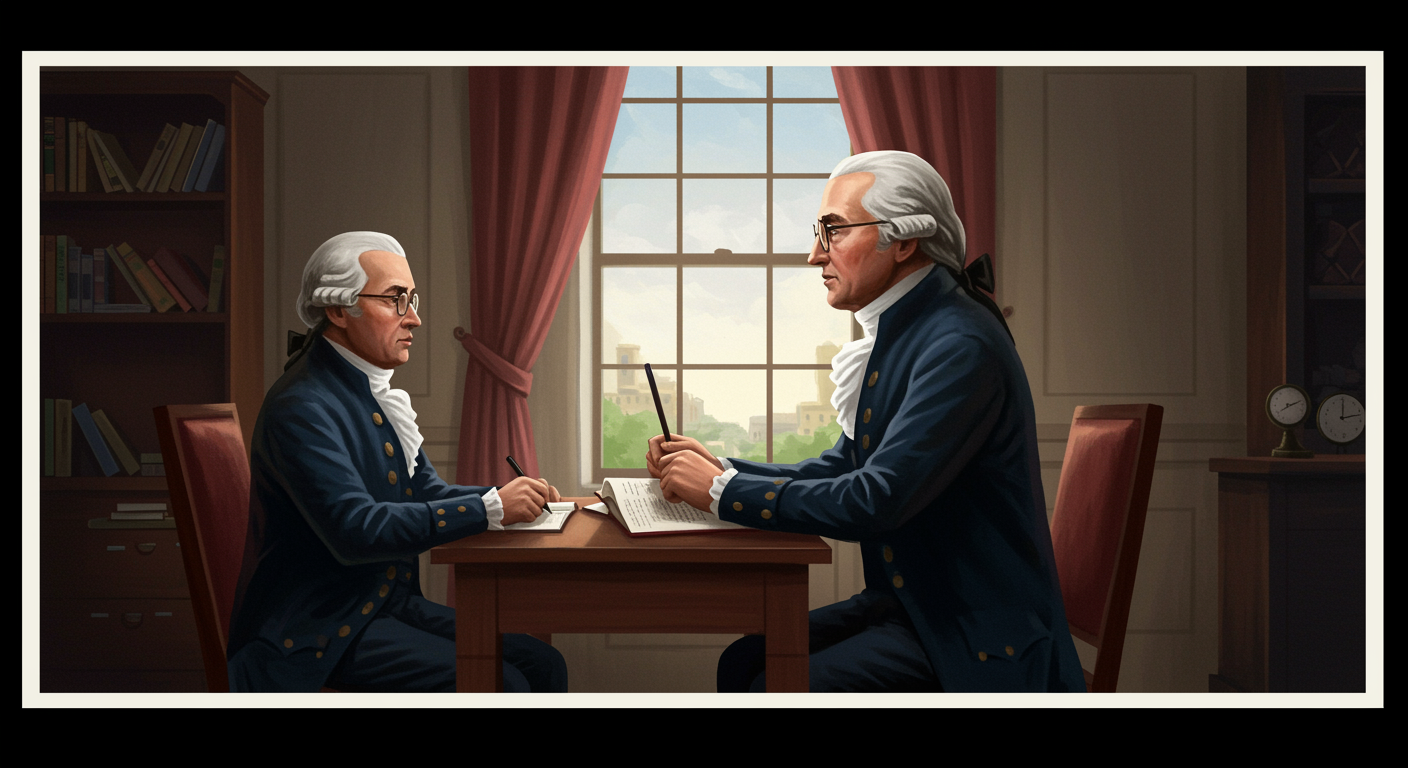
Consider a moment in history when a nascent nation articulated perhaps the most profound statement on human equality the world had yet seen: “all men are created equal, that they are endowed by their Creator with certain unalienable Rights, that among these are Life, Liberty and the pursuit of Happiness.” These powerful words, enshrined in the Declaration of Independence, laid the philosophical cornerstone for American democracy and have inspired movements for freedom across the globe. Yet, the author of this seminal text, Thomas Jefferson, himself lived a life deeply enmeshed in the institution of slavery, overseeing hundreds of enslaved individuals at his Virginia plantation.
This profound disjunction between stated ideals and lived reality is not merely a curious footnote in historical accounts; it sits at the very heart of America’s founding narrative. Jefferson, a polymath, an architect, a statesman, and a philosopher, was a product of his time, but also a figure who often saw beyond it in his writings. His intellectual contributions shaped the American experiment, advocating for principles of self-governance, individual liberty, and the separation of church and state. He championed education, scientific inquiry, and the agrarian ideal, believing in the capacity of informed citizens to guide their own destiny.
However, Monticello, his iconic estate, was built and maintained by the forced labor of enslaved men, women, and children. For much of his adult life, Jefferson enslaved between 150 and 200 people. He inherited enslaved individuals, purchased them, and saw their numbers grow through birth, effectively treating them as property within the economic framework of his era. This practice was not unique to Jefferson among the Founding Fathers; many of his peers, particularly in the Southern states, also owned enslaved people. George Washington, James Madison, and other luminaries of the American Revolution derived much of their wealth and social standing from this brutal system.
The complexities of Jefferson’s stance on slavery reveal a deep internal struggle, or at least a stark public/private disparity. In his “Notes on the State of Virginia,” he condemned slavery as a moral blight, arguing it corrupted both master and enslaved person, and warned of divine retribution. He even proposed legislation in 1779 for the gradual emancipation of enslaved people in Virginia and banned slavery in the Northwest Territory in 1784. This demonstrates an intellectual and theoretical opposition to the institution. Nevertheless, despite these occasional public and private reflections, Jefferson never freed the vast majority of the people he enslaved during his lifetime. In his will, he emancipated only a few members of the Hemings family, all of whom were related to his enslaved mistress, Sally Hemings, by blood. The vast majority of those he enslaved were sold off after his death to cover his extensive debts.
Understanding this past requires us to step back from anachronistic judgments and delve into the economic, social, and cultural currents of the late 18th and early 19th centuries. For many southern planters, enslaved labor was fundamental to their economic model, particularly for cash crops like tobacco and later cotton. The concept of property rights, furthermore, was intricately woven into the fabric of colonial law and perception. To challenge slavery outright was to challenge a foundational economic and legal pillar of society, and for many, their own personal fortunes. Yet, abolitionist movements were already stirring in places like Pennsylvania and Massachusetts, demonstrating that alternatives, however difficult, were not entirely unimaginable.
This historical tension in Jefferson’s life serves as a powerful reminder of the often-contradictory nature of human progress. The ideals of liberty and equality, so eloquently articulated in America’s founding documents, were not fully realized at their inception. Instead, they were planted as seeds, providing a vocabulary and a moral compass for future generations to strive toward. The struggle for civil rights, for women’s suffrage, and for LGBTQ+ equality in later centuries all drew upon these foundational pronouncements, pushing the nation to live up to the promises it had made, but initially withheld from significant portions of its population.
The legacy of the Founding Fathers, particularly those like Jefferson, compels us to acknowledge the inherent imperfections and moral compromises embedded in even the most celebrated moments of our past. It encourages a deeper, more nuanced understanding of history—one that appreciates the transformative power of ideas while simultaneously confronting the painful realities of their initial limitations. It’s a testament to the enduring American project: an ongoing effort to reconcile its lofty aspirations with its sometimes-troubling origins. The words “all men are created equal” stand not as a description of an already achieved state, but as an eternal call to action, an unfinished promise continually awaiting fulfillment.